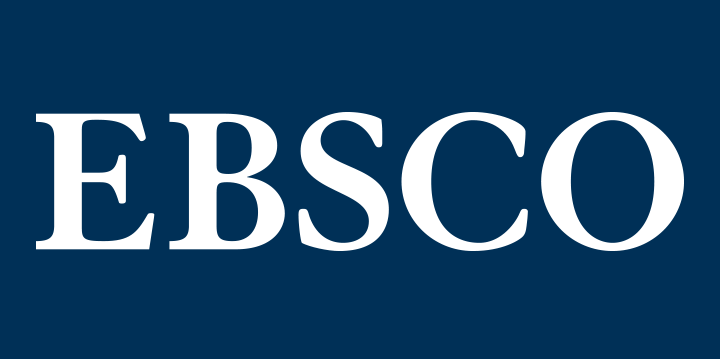Submissions
Submission Preparation Checklist
As part of the submission process, authors are required to check off their submission's compliance with all of the following items, and submissions may be returned to authors that do not adhere to these guidelines.- The submission is an original document, i.e., it has not been previously published in any medium or under consideration for publication elsewhere.
- The article is written in a formal academic style and adheres to the Publication Manual Standards of the American Psychological Association (Seventh Edition, 2020).
- The article uses the journal's own template which is in .doc or .docx format. Download format.
- The article consists of 2000 to 8000 words
- The text has an extension of 10 to 15 pages, including the references.
- All tables are in an editable Word format, i.e., they are not images or embedded spreadsheet images.
- All figures are in a jpg format, with maximum resolution of 320dpi and are legible. Figures are in black and white but may use orange details if needed.
- The final version does not use advanced Word tools (e.g. for citing or reference sections).
-
The article does not make excessive use of textual citations or bulleted lists.
- The article does not contain references to sources of dubious academic reputation (Wikipedia, “Buenastareas, “Rincon del vago” and other similar sites).
- The article belongs to a JEL code group in the area of administration and business (authors should point to which one)
- The article requires a minimum of fifteen, good quality references as specified in the Author Guidelines Section.directrices para autores
-
Consult the manual to make shipments on the platform.
Descargar plantilla
Scientific Articles
In this section, articles, that address the development of knowledge from empirical evidence, are published. Articles which focus on the development of knowledge from a quantitative, qualitative, or mixed perspective are also accepted provided that they comply rigorously with the required standards.
Make a new submission to the Scientific Section.
Privacy Statement
What do we do with your personal data?
When you share your data with us, it may be used for one of the following purposes:
- To store and manage data if you are registered for any of our events or activities.
- To store your data to send e-mails related to the activities carried out by the editorial and its subsidiaries.
- To process or confirm payments for events promoted by the organization.
- Invite you to participate in surveys conducted by the organization for evaluation and follow-up purposes.
- Provide access to different areas of our internet site.
- Manage the process of document revision for congresses or other activities.
- Facilitate and promote participation with institutions or networks with which we are associated. We do not share your information with anyone.
What other considerations do you have with my data?
Other considerations and policies on how we manage your personal data that you provide on our website are as follows:
- We assume that by giving us your data you grant us authorization to use it in the terms here mentioned.
- Data are kept on servers that may be located abroad, for example, when applying surveys which are from Google, its servers are located in the US.
- We will conserve your data until you request us to remove it.
- You have the right to remove your data from our archives.



















